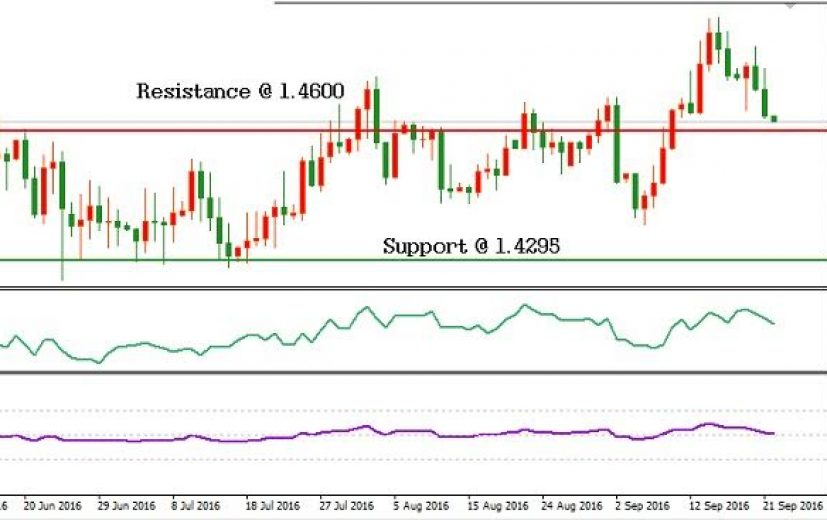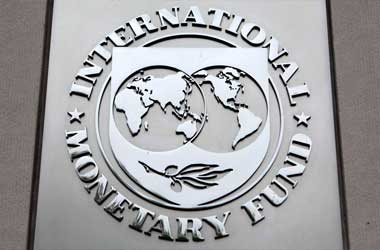 The EUR/CAD pair was trading between 1.43 and 1.4600 for the past four months. Unemployment issues, low inflation, and negative impact of the UK’s decision to exit the EU are the core problems faced by the Euro zone.
The EUR/CAD pair was trading between 1.43 and 1.4600 for the past four months. Unemployment issues, low inflation, and negative impact of the UK’s decision to exit the EU are the core problems faced by the Euro zone.
In the case of Canada, the economy contracted during the second-quarter, mainly due to the low price of crude oil and the wildfire in the Alberta region. So, neither the Euro nor the Canadian dollar was able to reign over another continuously. This resulted in a range bound movement. However, a look at the recent developments in Canada and the Euro zone reveals that the Euro dollar would strengthen against the Canadian dollar in the weeks ahead.
On Monday, the Eurostat reported that the construction activity in the Euro zone increased 3.1% y-o-y in July. During the previous month, the institution announced a 0.6% y-o-y growth. The reported gain is the largest in the past five months.
PressTV News Videos
According to the analysts at Morgan Stanley, the Euro dollar would remain bullish in the short-term (2016) and start weakening only in 2017. The forecast is based on the fact that the real yield (yield minus inflation) is high in the Euro zone, which continues to attract investors who lend money through the purchase of bonds. Furthermore, the balance sheets of the financial institutions in the EMU (The European Economic and Monetary Union) countries are weaker. This acts as a constraint on the capital exports from the EU, thereby resulting in the recycling of the current account surplus at the prevailing FX levels. The ECB is not in a position to lower the rates further as it would further weaken the financial institutions.
The Statistics of Canada reported an increase in the unemployment rate to 7% in August, from 6.9% in July. The market was expecting an unemployment rate of 6.9%. The lower than anticipated manufacturing sales growth of 0.1% y-o-y in July, compared to analysts’ expectation of 0.6% increase has triggered inflation concerns. Ultimately, it is expected to decrease the inflow of funds into the country and weaken the Canadian dollar. In May, the inflows touched a high of $10 billion. Thus, fundamentally, the EUR/CAD pair is expected to remain bullish in the short-term.
The EUR/CAD pair has technically broken above the upper band of the trading range. The momentum is rising, while the RSI oscillator is moving in the bullish zone. This indicates that the currency pair would extend its gain further.
So, a long position should be the trade of choice for a currency trader. The long entry can be made near 1.4600, with stop loss below 1.4500. The long position can be sold when the EUR/CAD pair rises to the next resistance at 1.4920.
Similarly, a one touch call option can be bought by a binary trader to capitalize on the uptrend in the EUR/CAD pair. The target price for the call option trade should be 1.4800 or lower. The trader should also ensure that the contract remains valid for at least four weeks from the date of purchase of the call option.





